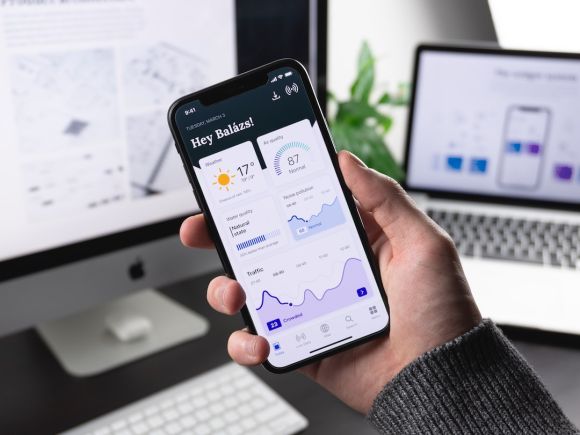In recent years, augmented reality (AR) has become a buzzword in the tech industry. It has the potential to revolutionize the way we interact with mobile apps, offering a new level of immersion and interactivity. From gaming and shopping to education and communication, AR is shaping the future of mobile apps. In this article, we will explore the impact of augmented reality on mobile apps and how it is changing the way we engage with them.
Enhancing User Experience
One of the key ways that augmented reality is shaping mobile apps is by enhancing the user experience. With AR, app developers can overlay digital information onto the real world, creating a more immersive and interactive experience for users. For example, in gaming apps, AR allows users to interact with virtual characters and objects in their physical surroundings. This not only adds a new dimension to gameplay but also makes it more engaging and entertaining.
Improving Product Visualization
Another area where AR is making a significant impact is in product visualization. With AR-powered mobile apps, users can now visualize products in their real-world environment before making a purchase. This is particularly helpful for e-commerce apps, where customers can see how furniture will look in their home or how clothes will fit on their body. By providing a realistic and interactive experience, AR is helping users make more informed decisions and reducing the likelihood of returns.
Driving Innovation in Education
Augmented reality is also driving innovation in the education sector. With AR-enabled mobile apps, students can now explore complex concepts and subjects in a more interactive and engaging way. For example, science apps can use AR to bring virtual experiments to life, allowing students to interact with virtual objects and observe the results in real-time. This not only makes learning more enjoyable but also improves retention and understanding of the material.
Transforming Communication
AR is also transforming the way we communicate through mobile apps. With AR, users can now overlay virtual objects and animations onto live video calls, making conversations more dynamic and engaging. This is particularly useful in remote collaboration, where AR can bridge the physical distance and create a more immersive experience. Whether it’s attending virtual meetings or sharing ideas with colleagues, AR-powered communication apps are revolutionizing the way we connect and collaborate.
Challenges and Future Outlook
While augmented reality has immense potential, there are still challenges that need to be overcome. One of the main challenges is the hardware limitation. Currently, AR experiences require devices with advanced cameras and sensors, which can be costly and limit the accessibility of AR-powered apps. However, as technology advances and becomes more affordable, we can expect to see a wider adoption of AR in mobile apps.
Looking ahead, the future of augmented reality in mobile apps looks promising. With the continuous advancements in technology, we can expect to see more sophisticated and immersive AR experiences in the coming years. As developers continue to push the boundaries of what is possible, we can anticipate a wide range of innovative applications across various industries.
In conclusion, augmented reality is shaping the future of mobile apps by enhancing user experiences, improving product visualization, driving innovation in education, and transforming communication. While there are challenges to overcome, the potential of AR in mobile apps is undeniable. As we look towards the future, it will be exciting to see how augmented reality continues to reshape the way we interact with our mobile devices.
